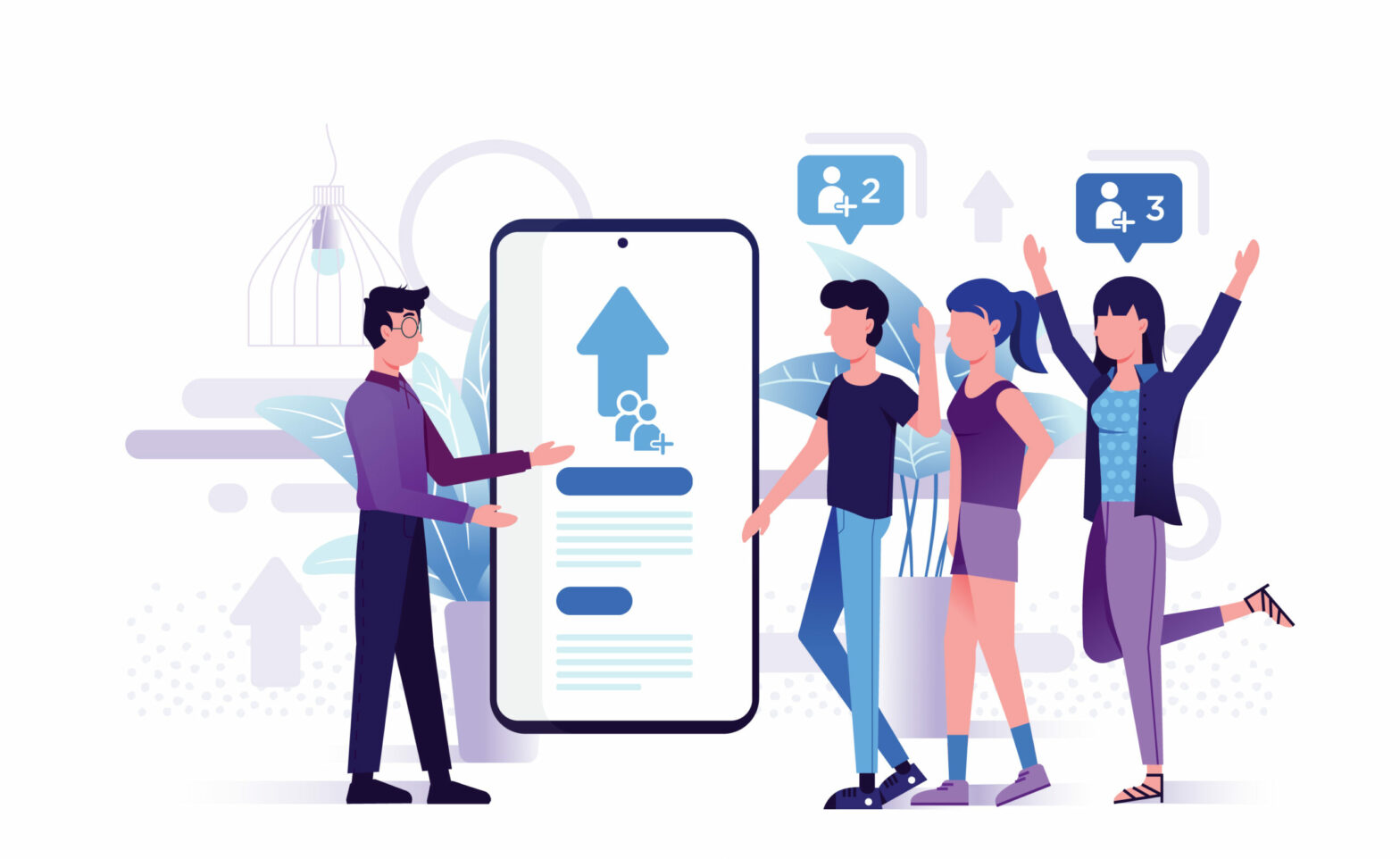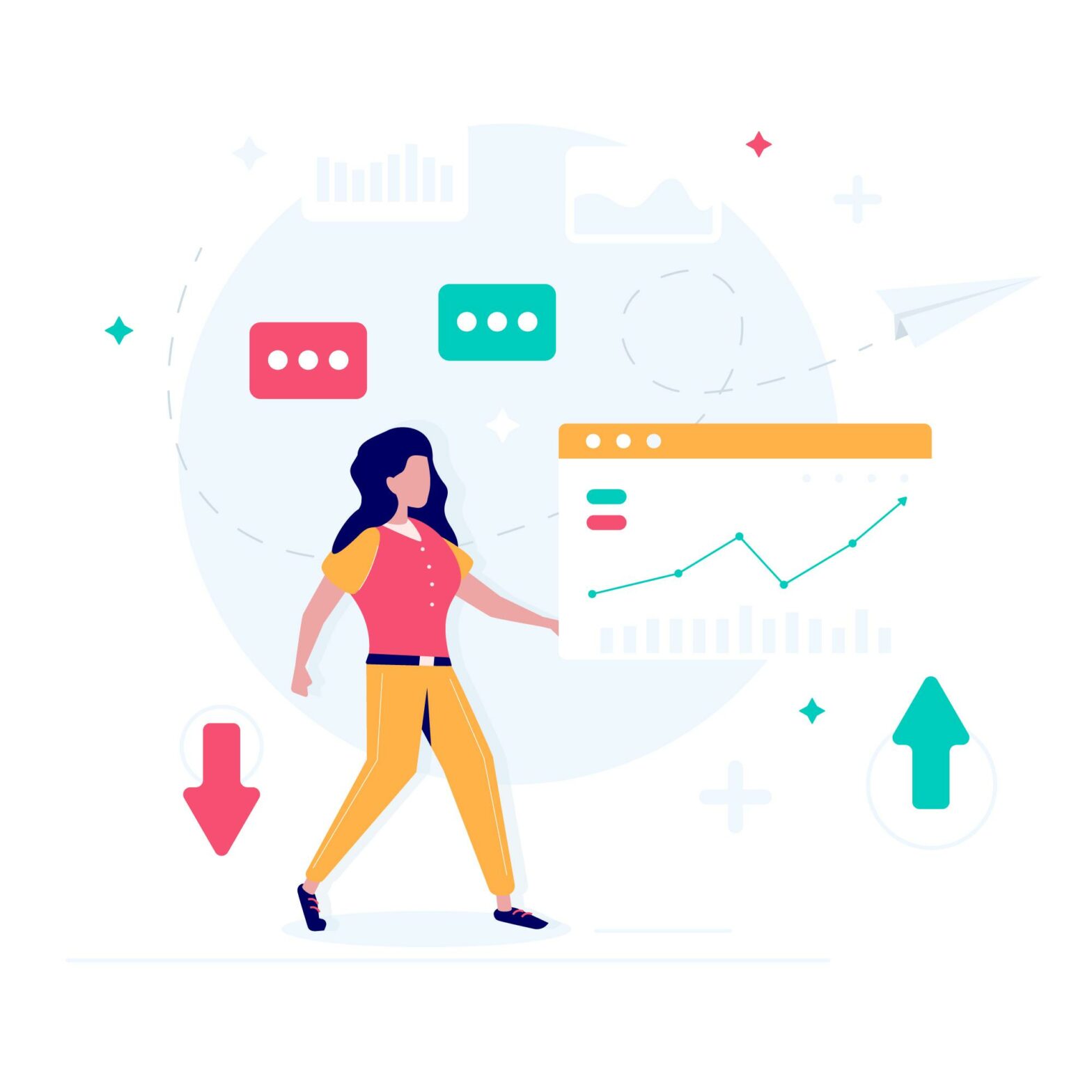15 Jun, 2024 • 5 min read
Hicks Law: Simplify Decision-Making With Reduced Cognitive Overload

You’re likely familiar with the feeling of being overwhelmed by too many options, and it’s exactly this cognitive overload that Hicks Law aims to combat. By understanding the mathematical framework behind decision-making, you can optimize your choices and reduce mental fatigue. With Hicks Law, you’ll learn how to simplify decision-making by limiting options, thereby reducing cognitive overload. By applying this principle, you’ll create user-friendly interfaces that streamline decision-making processes. As you explore the intricacies of Hicks Law, you’ll discover how to strike the perfect balance between choice and simplicity, leading to more efficient decision-making and improved user experiences.
Contents
Introduction: What is Hicks Law?
What is Hicks Law?
You know that feeling when you’re overwhelmed by too many options? That’s exactly what Hicks Law is all about. This important principle in user experience (UX) design says that the more options you have, the longer it takes to make a decision. In simple words, too many options lead to decision paralysis.
How Does Hicks Law Work?
- The more options available, the longer it takes to make a decision.
- Too many options lead to decision paralysis.
Why is Hicks Law Important in UX Design?
Hicks Law is vital in creating user-friendly interfaces that make it easy for users to make a choice. By applying Hicks Law principles, designers can:
- Reduce the number of options to remove barriers in decision-making.
- Make it easier for users to make a choice.
- Improve the overall user experience, driving engagement and conversion rates.
Benefits of Hicks Law
By using Hicks Law, designers can create intuitive and user-centric designs that cater to users’ needs. This leads to:
- Faster decision-making
- Increased conversion rates
- Improved user experience
Understanding Hick’s Law Formula
Understanding Hick’s Law Formula
The Hick’s Law formula, RT = a + b log2(n), shows how the number of options affects the time it takes to make a decision.
What does the formula mean?
- RT is the time it takes to make a decision.
- ‘a’ is a constant.
- ‘b’ is a constant that shows how complex the options are.
- ‘n’ is the number of options.
How does the formula work?
The formula shows that when the number of options (n) increases, the time it takes to make a decision (RT) also increases. This is because our brain takes longer to process more options, making decisions more complex. The constant ‘b’ shows how complex the options are, which affects the decision-making process.
How can we use this formula?

Simplifying Choices Using Data
When simplifying choices using data, you can leverage Insights to identify which options are most popular and remove distractions.
By using tools like funnel tracking, session recordings, and heatmaps, you can pinpoint which elements on a web page are most engaging and which ones are least popular.
Next, you’ll explore how high-velocity testing can help you isolate variables that may be causing bottlenecks in the conversion funnel.
High-Velocity Testing
High-Velocity Testing: Speed Up Your Optimization
You can speed up your optimization process by running multiple tests at the same time, which is called high-velocity testing. This helps you collect data faster and find out what’s stopping people from converting. You can identify areas that confuse users, such as complicated form fields or unclear calls-to-action.
How High-Velocity Testing Works
- Test different variations: Try out different versions of your web page to see what drives user behavior.
- Collect data quickly: High-velocity testing helps you collect data rapidly, which is essential for conversion optimization.
- Analyze user behavior: Look for patterns and trends to inform your optimization strategy.
Benefits of High-Velocity Testing
- Streamline your optimization process: Test multiple things at once to get results faster.
- Reduce cognitive overload: Make it easier for users to convert by simplifying your website.
- Drive more conversions: Use high-velocity testing to optimize your conversion funnel and get more conversions.
Segmenting Cognitive Bias
As you explore the concept of segmenting cognitive bias, you’ll discover how understanding the mere exposure effect can help you create targeted test variations that cater to specific audiences.
By recognizing how familiarity breeds content, you can increase conversions by making users feel more comfortable with familiar options.
Additionally, setting up retargeting audiences can help you target specific users with personalized experiences, further reducing cognitive overload and increasing conversions.
The Mere Exposure Effect
The Mere Exposure Effect
The mere exposure effect is a cognitive bias that states that the more we see something, the more we like it. This means that people tend to prefer things they’re familiar with.
How to Use the Mere Exposure Effect
To increase conversions, make users feel comfortable with familiar options. Here’s how:
Use familiar design patterns: Familiar design patterns make users feel comfortable, increasing the likelihood of conversion.
Showcase familiar products: Highlighting familiar products or services increases user engagement and conversion rates.
Use consistent branding: Consistent branding creates a sense of familiarity and comfort, leading to increased conversions.
Leverage user data: Using user data to personalize experiences creates a sense of familiarity, increasing conversions.
Setting up Retargeting Audiences
Retargeting Audiences: Get Back to Potential Customers
By targeting users who visited your webpage but didn’t convert, you can show them personalized ads that fit their needs and preferences.
To set up effective retargeting audiences, follow these steps:
- Identify users who interacted with your webpage but didn’t convert.
- Create personalized ads that speak to their specific pain points, interests, or behaviors.
- Show them targeted ads that resonate with their needs and preferences.
By doing so, you can:
- Re-engage potential customers who abandoned their shopping carts or didn’t complete a desired action on your webpage.
- Increase the likelihood of conversion and drive revenue growth.

Ankur
Ankur, with over 20 years of expertise, simplifies the complex world of online marketing to boost your conversion rates. He shares actionable insights that anyone can apply to see immediate results. Trust Ankur to guide you through proven strategies that enhance your online presence and profitability.
Related Blogs

By Ankur • 8 min read
User Engagement: Strategies for Digital Success
In today's digital landscape, user engagement plays a vital role in the success and growth of any business. Engaged users are those who actively interact...

By Ankur • 8 min read
Breadcrumb Navigation: Streamline Site Navigation With Ease
You navigate websites every day, but have you ever stopped to think about how breadcrumbs make it easier to find what you're looking for and...

By Ankur • 7 min read
Create a Heatmap in Excel: Visualize Data With Ease
You can create a heatmap in Excel to uncover hidden patterns and trends in your data, visualize complex information with ease, and make data-driven decisions...
